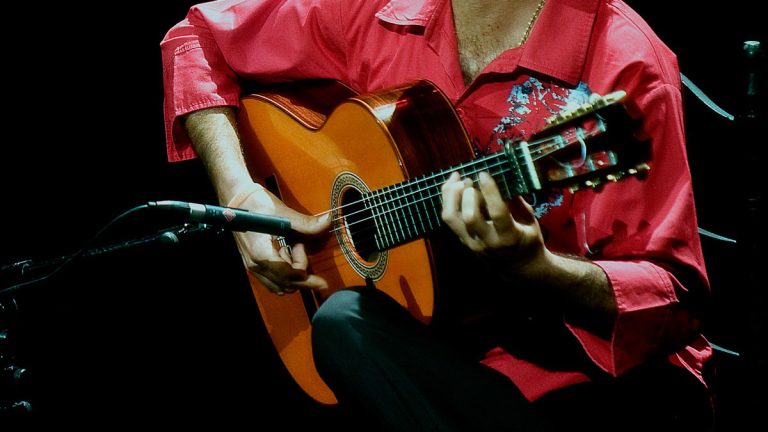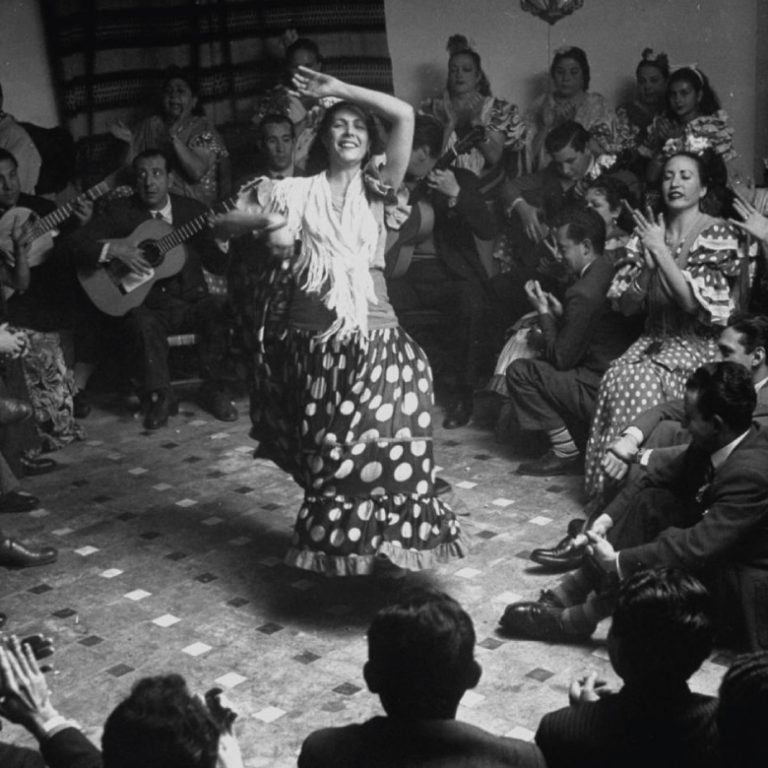Learn Spanish Guitar Techniques Online
Learn Spanish Guitar Techniques Online: A Comprehensive Guide
The Spanish guitar is one of the most expressive and captivating instruments in the world. Known for its rich tones, intricate fingerstyle techniques, and passionate rhythms, mastering Spanish guitar can be a deeply rewarding experience. Thanks to the internet, learning these techniques has never been more accessible. Whether you’re a beginner or an intermediate player, this guide will help you explore the best online resources, essential techniques, and practice tips to master Spanish guitar from the comfort of your home.
Why Learn Spanish Guitar?
Before diving into techniques and resources, it’s important to understand what makes Spanish guitar unique:
Flamenco Influence – Spanish guitar is deeply rooted in Flamenco, a genre known for its fiery rhythms and emotional depth.
Fingerstyle Mastery – Unlike pick-based playing, Spanish guitar relies on fingerpicking (using thumb and fingers).
Rich Musical Heritage: The Soul of Spanish Guitar
The Spanish guitar is not just an instrument—it’s a living testament to centuries of cultural exchange, artistic innovation, and passionate storytelling. Its history is intertwined with Spain’s diverse regions, from the Moorish-influenced sounds of Andalusia to the courtly elegance of Catalonia. To truly appreciate Spanish guitar, one must explore its origins, legendary composers, and the regional styles that have shaped its evolution.
- The Origins: A Blend of Cultures
The roots of Spanish guitar trace back to ancient stringed instruments like the lute and the oud, brought to the Iberian Peninsula by the Moors in the 8th century. Over time, these instruments merged with European influences, evolving into the vihuela (a Renaissance predecessor) and eventually the modern classical guitar.
Moorish Influence – The Phrygian mode (often heard in Flamenco) and intricate ornamentation reflect Arabic musical traditions.
Gypsy (Roma) Contributions – The Roma people, migrating through Europe into Spain, infused guitar music with raw emotion and rhythmic complexity, laying the foundation for Flamenco.
- The Golden Age: Classical Masters
By the 19th and 20th centuries, Spanish guitar had entered its golden age, thanks to virtuosos who elevated it from folk accompaniment to a concert hall staple.
Francisco Tárrega (1852–1909) – Known as the “father of modern classical guitar,” Tárrega composed timeless pieces like Recuerdos de la Alhambra and Capricho Árabe. His refined technique and use of tremolo became benchmarks for guitarists.
Andrés Segovia (1893–1987) – The most influential classical guitarist of the 20th century, Segovia transcribed Bach and other composers for guitar, proving its legitimacy as a solo instrument.
- Flamenco: The Heartbeat of Spanish Guitar
No discussion of Spanish guitar is complete without Flamenco, an art form born in Andalusia that combines guitar (toque), song (cante), and dance (baile).
Paco de Lucía (1947–2014) – A revolutionary who fused Flamenco with jazz and world music, de Lucía’s Entre Dos Aguas and collaborations with Camarón de la Isla redefined the genre.
Sabicas (1912–1990) – A pioneer of modern Flamenco guitar, known for his blindingly fast picado and clean articulation.
Flamenco is built on palos (rhythmic styles), each with its own mood:
Soleá – Solemn and profound, the “mother of Flamenco.”
Alegrías – Lively and upbeat, from Cádiz.
Bulerías – Fast, improvisational, and festive.
- Regional Variations: Beyond Flamenco
While Flamenco dominates global perceptions of Spanish guitar, regional styles offer rich diversity:
Catalan Guitar (e.g., Miguel Llobet) – More classical and lyrical, influenced by Catalan folk music.
Canary Islands (Sorondongo & Isa) – Incorporates African and Latin rhythms.
Basque Country (Txalaparta & Trikitixa) – Features unique folk traditions blending guitar with accordion.
- Modern Innovators
Today’s guitarists continue pushing boundaries:
Vicente Amigo – Blends Flamenco with ambient and world music.
Pablo Sáinz-Villegas – The “heir to Segovia,” known for cinematic and classical interpretations.
Rosalía – While primarily a singer, her use of Flamenco guitar in pop (e.g., Malamente) has introduced new audiences to the tradition.
- The Guitar’s Cultural Impact
The Spanish guitar transcends music—it’s a symbol of national identity. UNESCO declared Flamenco a Masterpiece of the Oral and Intangible Heritage of Humanity in 2010. Festivals like the Festival de la Guitarra de Córdoba celebrate its legacy, while films (Carmen, Vicky Cristina Barcelona) and literature (García Lorca’s poems) immortalize its allure.
Why This Heritage Matters for Learners
Understanding this history deepens your connection to the music. When you play a Tárrega tremolo or a Flamenco rasgueado, you’re channeling centuries of artistry. It’s not just about notes—it’s about duende (the soulful spirit of Flamenco) and the stories embedded in every phrase.
Learning Spanish guitar online allows you to access world-class instruction, video tutorials, and interactive courses at your own pace.
Essential Spanish Guitar Techniques to Master
To play Spanish guitar authentically, you need to develop several key techniques. Here are the most important ones:
1. Rasgueado (Strumming Technique)
The rasgueado is a flamenco strumming technique that creates a rapid, percussive sound. It involves flicking the fingers outward in a rolling motion.
How to Practice:
Start with a simple 4-finger rasgueado (pinky, ring, middle, index).
Use a metronome to maintain rhythm.
Practice slowly before increasing speed.
2. Picado (Alternate Picking)
Picado is a fast, single-note technique used in Flamenco and classical Spanish guitar. It involves alternating between the index and middle fingers for speed and precision.
How to Practice:
Play scales (like Phrygian mode, common in Flamenco) using strict alternation.
Keep fingers close to the strings for efficiency.
3. Alzapúa (Thumb Technique)
This technique uses the thumb to play melody, bass, and percussive strokes in a single motion. It’s essential for Flamenco falsetas (musical phrases).
How to Practice:
Play thumb strokes (down and up) on open strings.
Combine with finger movements for fuller phrases.
4. Golpe (Percussive Tapping)
Golpe involves tapping the guitar’s body for rhythmic accents, adding a percussive element to Flamenco playing.
How to Practice:
Lightly tap the guitar’s top near the soundhole with your ring or middle finger.
Incorporate it into simple compás (rhythmic cycles).
5. Tremolo (Rapid Note Repetition)
Made famous by pieces like Recuerdos de la Alhambra, tremolo involves playing a single note repeatedly with alternating fingers (usually *p-a-m-i* – thumb, ring, middle, index).
How to Practice:
Start with a slow *p-a-m-i* pattern on one string.
Gradually increase speed while maintaining evenness.
6. Arpeggios (Broken Chords)
Spanish guitar music often uses arpeggios to create flowing, harp-like passages.
How to Practice:
Learn common chord shapes (Am, E7, G, F).
Play each note individually with proper finger alternation.
4. Sheet Music & Tabs
Ultimate Guitar – For Flamenco and classical tabs.
Sheet Music Plus – Official sheet music for Spanish guitar pieces.
How to Structure Your Practice Sessions
To make progress, follow a structured practice routine:
Warm-Up (10 min) – Finger exercises, simple scales.
Technique Drill (20 min) – Focus on one technique (e.g., rasgueado).
Song Learning (20 min) – Work on a Spanish guitar piece (e.g., Malagueña).
Improvisation (10 min) – Play over a palos (Flamenco rhythm).
Cool Down (5 min) – Slow arpeggios or stretching.
________________________________________
Tips for Success
Use a Metronome – Spanish guitar relies on precise rhythm.
Record Yourself – Identify areas for improvement.
Be Patient – Some techniques (like tremolo) take months to perfect.
Conclusion
Learning Spanish guitar online is an exciting journey that combines technical skill with deep musical expression. By mastering techniques like rasgueado, picado, and tremolo, and using the best online resources, you can develop an authentic Spanish guitar style.
Whether you dream of playing Flamenco or classical pieces, consistent practice and the right guidance will help you achieve your goals. Start today, and let the soulful sounds of the Spanish guitar inspire your musical journey!







